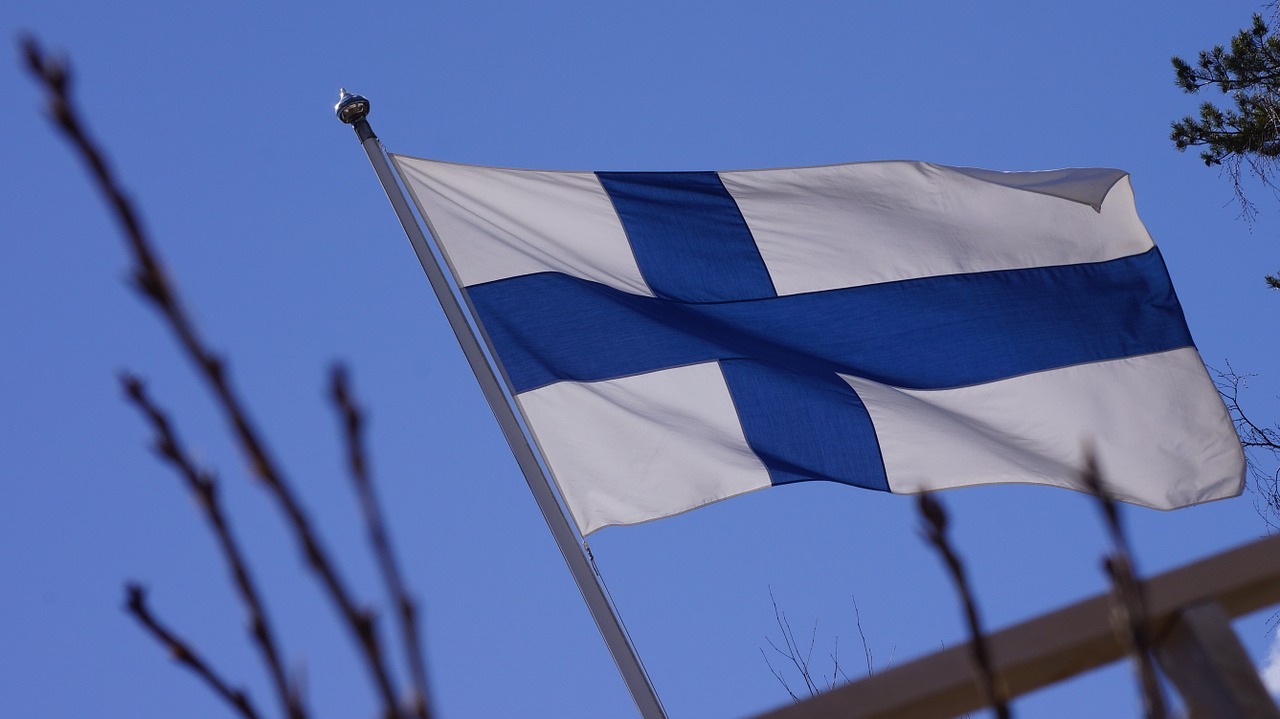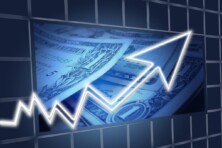![]()
Bader Al Hussain
PaySpace Magazine Analyst
Finland is one of the richest nations in Europe. Having one of the highest standards of living in the world, the country has a unique and strongly integrated welfare system in order to protect the lower strata of the society. Moreover, Finland is a resource-rich country with an abundance of reserves in iron, chromium, copper, nickel, and gold. Apart from that, forests are also a vital natural resource for the country. That is why it is one of the world’s leading wood producers and provides raw materials at competitive prices for the crucial wood-processing industries.
The country has been ranked highest in the world for the provision of High-tech manufacturing and knowledge-intensive services. That is why the country has one of the highest productivity per capita in the world. Further, with a Gini coefficient at 0.24, it has one of the lowest income inequalities in the world.

Finland’s economic forecast 2021: what’s coming next? Source: pixabay.com
Economy at glance
Finland has one of the highly developed economies of the world with a nominal GDP of approximately USD 268 billion and GDP per capita of USD 48,461. It is one of the key member countries of the European Union. The services sector accounts for 66% of the total economic output, whereas manufacturing and agriculture contribute 31% and 2.9% respectively. Agriculture has a minuscule contribution to the total output because Finland’s climate and soils make growing crops a particular challenge.
As far as foreign trade is concerned, the key sectors in which Finnish have a relative advantage over their regional peers are electronics, machinery, vehicles, and other engineered metal products.
It is pertinent to note that The Greater Helsinki area generates approximately one-third of Finland’s GDP. Even before the advent of pandemic, the household debt rose to a record level.
Economy in COVID-19
During the COVID-19 pandemic, the Finnish economy shrank by 2.8 percent. Given the vaccination process goes according to plan, the experts believe the country’s economy will rebound. OECD reports expect the economy is going to expand by 2.6% and 2.7% for the year 2021 and 2022 respectively. Moreover, as the graph below depicts, the Finland government’s debt to GDP went up substantially during the COVID-19 pandemic.
Nevertheless, the recent data suggested that the economic recovery was weaker than expected. According to an article on Bloomberg, “This was a setback to the economic recovery,” Timo Hirvonen, Helsinki-based Chief Economist at Svenska Handelsbanken AB, said in a note to clients, adding the data were weaker than estimated. “Economic growth must clearly accelerate this year in order to reach our forecast of 2.8% for the year.”
It is noteworthy to mention that 25% of the temporary laid-off workers were not eligible for earnings related unemployment benefits.
Finland capital markets
Finland has one of the most vibrant stock exchanges in the world. OMX Helsinki all share is the benchmark index of the Helsinki stock exchange. The following graph depicts the performance of OMX Helsinki All Share Index over time.
OMX Helsinki All Share Index gave a whopping return of 35.49% in 2020 and has given a YTD change of 20.92%. With an EPS of EUR 406.65, the index is trading at P/E and P/B multiples of 32.33x and 2.3950x respectively. The index is heavily concentrated in industrials and financial as these sectors form 22.01% and 21.47% of the total market capitalization respectively.
Economy outlook
The top reform priorities of the present Finland government are as follows:
- In order to enhance the social protection in its populace, the government is devising policies to extend access to earnings-related unemployment benefits.
- In labor markets the government aims to increase the employment rate of older workers.
- The government aims to strengthen the local government structure by improving the efficiency of public services in municipalities
- In labor markets the government also aims to mitigate the gender wage-rate gap.
- To overhaul the tax system by Improving the efficiency of the tax system in order to support green and inclusive growth
As the COVID-19 related restrictions easing and the successful rollout of the vaccination process, the experts project that Finland’s economic growth is expected to increase to 2.6% in 2021 and 2.7% in 2022. The main drivers of the growth are going to be domestic consumption and international demand for Finnish goods in the form of exports. According to the estimates of OECD, economic output will regain the pre-pandemic level by late 2021 and employment by the mid of 2022.
However, the primary downside risks to the projects are the further waves of mutated strains of COVID-19 virus that could impede the recovery process.
Recommendations
The government need to undertake following measures for the sustained growth in the economy of the country and to come of COVID-19 phase swiftly:
- To ensure fiscal sustainability and financial stability during the period of the COVID-19 crisis
- Take measures to get people back to jobs and increase employment rather than imposing strict lockdowns and paying cash grants to the households
- The government needs to undertake reform priorities (mentioned earlier) in order to boost the productivity of the country. It is pertinent to mention that labor productivity fell to 0.6% per year in the past decade, lower than in most other European economies.
- Given the impact of Greenhouse Gases (GHG), the government has to work on achieving greenhouse gas abatement objectives.
- Fiscal consolidation is required once the economic recovery is underway to stabilize debt.
Conclusion
Global risks related to the lethal mutations of COVID-19 together with concerns related to inflation are the primary risks to the rebound in the economic growth of Finland. Unless the vaccination process is successful all over the world, newer and newer mutations of the COVID-19 strains are continuously going to form. Therefore, a global approach to combat this pandemic is warranted.
The fate of Finland’s economic and capital market performance is largely linked to the overall situation in the world in general and European Union in particular. This is because Finland’s export to GDP ratio (i.e., ~ 40%) is one of the highest in the world. Therefore, regional, and global events have a material impact on Finland’s economic performance.
The government’s initiatives to restore economic activity and reduce unemployment to pre-COVID crisis levels are its priority. This is imperative in order to mitigate lasting economic and social damage.
SEE ALSO:












